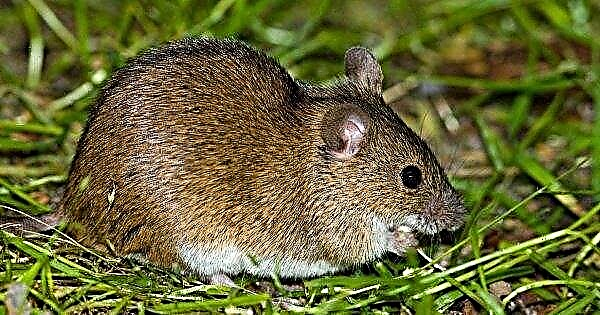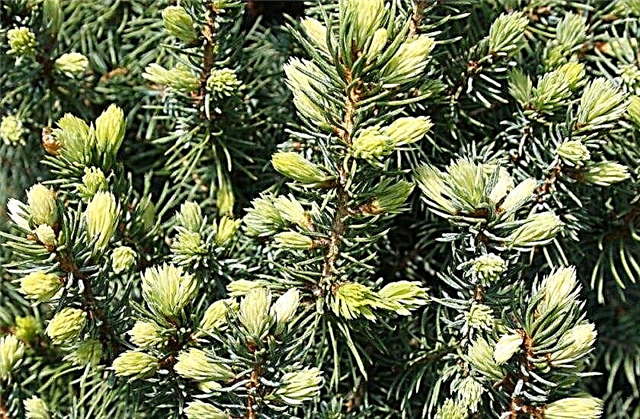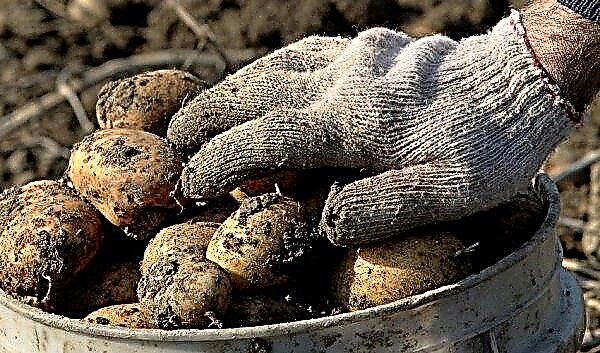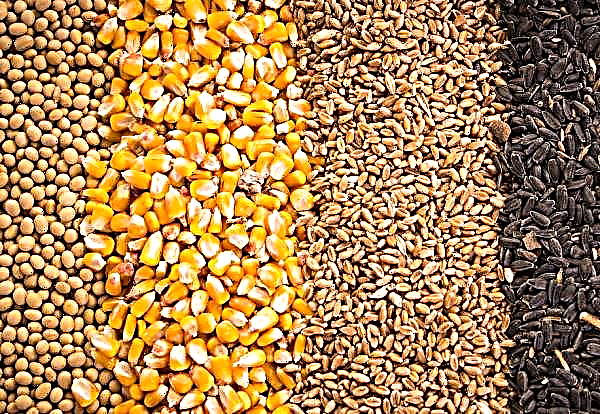There are about two hundred types of irises, differing in color, size, flowering time. These plants are considered unpretentious, but can be subjected to various kinds of diseases. The reason is both viruses and pests that damage the root system and stems of plants. Leaves turn yellow, lose color, begin to dry out. This article will help you learn how to recognize diseases, fight them and prevent them.
Causes of Yellowing Leaves
The causes of infections leading to changes in the growth and development of irises can be divided into two types: diseases and pests. The first includes three types of pathogens: bacteria, fungi and viruses. There are also a lot of pests for irises: bean aphid, onion nematode, root tick, scoops (winter grass and winter), gladiolus thrips, bear, slugs and May chafer.
Common iris diseases
One of the most dangerous diseases is the soft rot of rhizomes (bacteriosis). It can be seen on plants not only after flowering, but also in spring. The main symptom is the presence of brown spots on the leaves. The corresponding putrefactive odor of the plant is also characteristic.
Did you know? Among the people, irises have synonymous diminutive names: killer whales, roosters, saber.
Bacteriosis gets on the flowers through damage, and excessive waterlogging or freezing of the soil contribute to its spread. If you do not recognize the bacterial infection on time, the plant will begin to gradually rot at the base. Such flowers must be dug up and burned, otherwise they can infect neighboring irises.
A viral disease such as a mosaic is not difficult to recognize. The leaves are covered with a grid-like pattern (mosaic pattern with yellow stripes). This virus is carried by aphids. Unfortunately, it is impossible to cure irises damaged by the virus, which is why they need to be dug up. But proper care and prevention help to avoid mosaics. There are a lot of fungal diseases in the list of dangerous for irises.
Important! If irises grow in the same place for several years without fertilizer, then they will inevitably wither away and may die.
Here is their detailed list, which indicates the main signs of the disease:
- Fusarium - the roots of irises are affected. During the growing season, the leaves begin to fade instantly, may turn yellow, dry out. A grayish plaque on the rhizomes helps to distinguish a fungal disease.
- Gray rot - the tips of the stems with leaves or rhizome are affected. Waterlogging and freezing contribute to the spread of rot.
- Heterosporosis (spotting) - First there are spots with a border, then they grow, and the irises dry. To prevent spotting, it is useful to simply remove old leaves.
- Ascochitiosis - Dark spots appear on the plant, the leaves just dry.
- Septoria - the appearance of a large number of small gray spots.
- Ramulariosis - the spread of black or brown spots. Then they turn pale, a yellow coating appears.
- Rust - leads to yellowing and drying of the plant. Initially, with fungal damage, pustules are visible on the tips of the leaves.
- Alternariosis - the appearance on the surface of a flower of black plaque. Subsequently, the leaves dry and fall.
- Rhizoctonia - in wet weather, the leaves rot and dry.
Pests
Bean aphids (dark green or brown insects) affect mainly leaves: they twist and fade, The white larvae of the onion nematode and the caterpillar scoop suck out the iris juices, leading to the plant withering. Such pests are especially prevalent in the dry summer season.The root tick affects an already weakened flower.
Did you know? Cebu no sekku is a Japanese iris festival that glorifies courage, military courage and honor.
Thrips are extremely small insects, and the harm from them is significant. Gladiolus thrips affects a plant, which, as a result, turns brown and dries. Heat and severe drought favor the spread of this pest.Large pests include the bear. It inflicts severe damage to the underground part of the plant, which significantly affects the shoots. May larvae larvae also damage rhizomes.
Disease treatment
Many diseases are difficult or impossible to cure. But over time, people use new tools and methods to combat the defeats of irises.
Here is a short list of the most successful ways to cure a plant:
- With bacteriosis, culling the affected plants is done, doxycycline is used according to the instructions (antibiotic).
- After the removal of plants killed by dry rot, the places of growth are treated with copper chloride (0.2% solution), and the surviving irises with fungicides.
- Heterosporiosis is treated with foliar top dressing with calcium nitrate, treatment with fungicides and preparations containing copper are made.
- Bordeaux mixture (1%), "Topaz", "Kuproskat" is used against gray rot (see package instructions).
- When rust - copper-containing drugs, a suspension of colloidal sulfur.
- Mosaic is not treated, therefore, the removal of affected irises is necessary.

If the leaves begin to burn out after flowering, turn yellow, lose color, it will not be superfluous to spray the area around the flower bed with irises with a 1% Bordeaux mixture.
Pest control
Against aphids, the following methods help:
- fertilizing with potash and phosphorus fertilizers (1–5 kg per 100 kg of soil);
- weeding;
- the use of insecticides (for example, from thrips - 10% karbofos emulsion concentrate: 75–90 g per 10 l of water not more than 1 time per week).

After the destruction of irises, the nematodes go to the ground, so there is only one effective method of struggle against them: you need to remove the surviving flowers, transplant them to another place and, if you wish, return them to the previous flowerbed after 3-5 years.
If the plant is affected by thrips, it is necessary to carry out:
- digging the earth;
- weeding weeds;
- pruning foliage in the fall;
- spraying malathion (see previous list).

They fight a bear in different ways: fill its moves with a solution of washing powder, and then they catch an insect. Marigolds are also planted or watering the soil under infected plants with chicken manure infusion. The slugs are usually collected manually or scattered to combat them granules of metaldehyde.
Against insect pests, the use of infusion of red capsicum (bitter) and pyrethrum powder (aster) helps. Pepper is used as follows: pour 100 g of pods into 1 liter of water and cook for 1 hour, leave for two days, and then spray. The calculation is this: 100 g of infusion per 10 liters of water with the addition of 40 g of green soap. Irises are pollinated with a pyrethrum in the form of a powder or 100-200 g of the preparation are insisted for half a day in 10 liters of water and used to spray flowers.Prevention
To prevent the occurrence of bacteriosis in irises, it is necessary to plant them in sunny, open areas, destroy pests in time and prevent the root collar from eating. Observance of the rules of agricultural technology and top dressing helps to avoid the appearance of dry rot.

To prevent this disease from spreading, it is useful to disinfect the holes and change the place of iris landing. Feeding with superphosphate protects irises from heterosporiosis (1 tbsp. Per 2 m²). Before planting irises, their rhizomes must be etched with foundationazole (0.2% solution).
Important! Fertilizing under young, recently planted irises is possible only after they are completely rooted.
Care Tips
If you planted irises in well-drained soil with average Ph values, this is the first step to actively developing flowers.
Now do not forget to follow simple rules:
- mulch plants;
- avoid waterlogging of the soil;
- remove all damaged parts of flowers;
- use only healthy specimens for planting;
- comply with agricultural standards.

If you follow these rules, irises will bloom and delight the eye for a long time, and after flowering the leaves will not lose their rich color and freshness. Not all diseases can be defeated, so it is important to remove the affected plants and disinfect their planting sites. Viral, bacterial and fungal diseases spoil and destroy irises from the inside, insects eat their root system. This can all be avoided if timely care for the plants is made.












